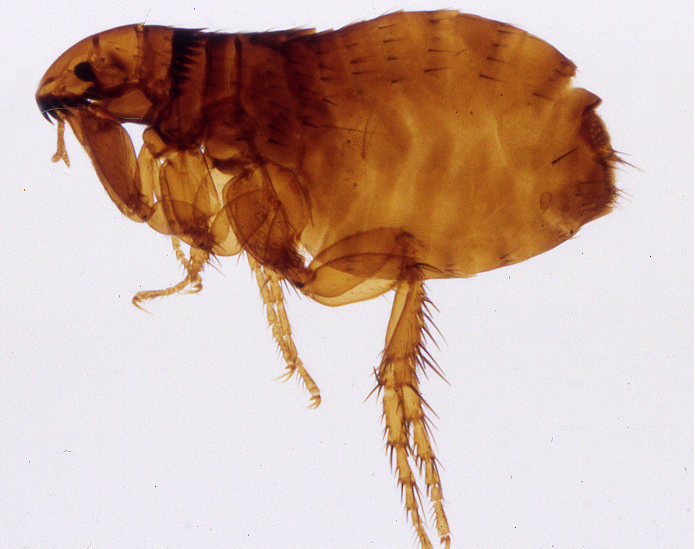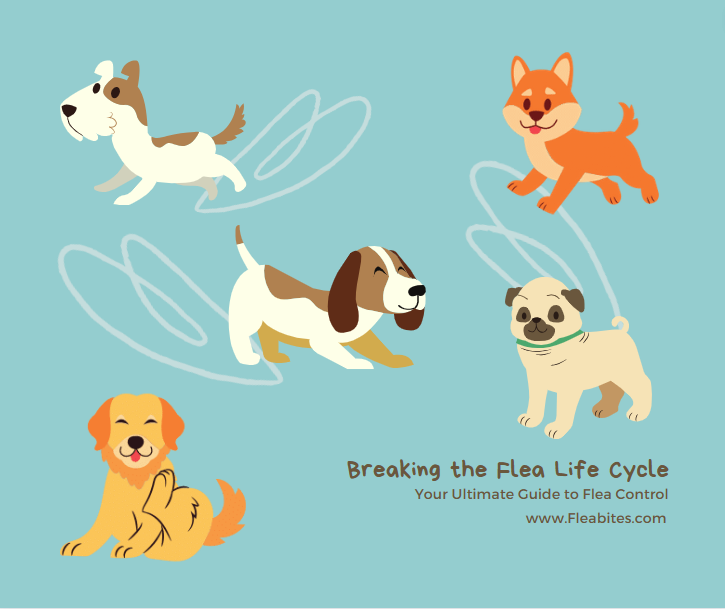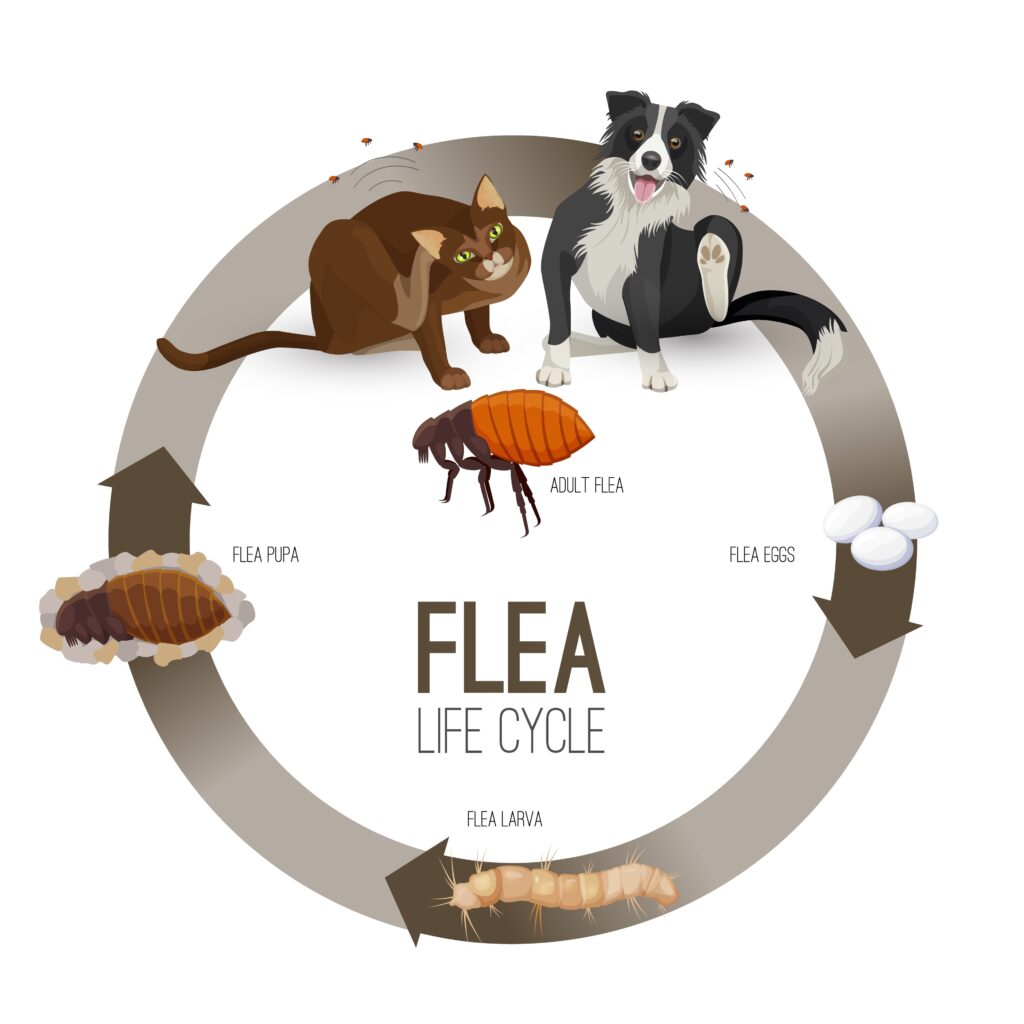
Did you know that a single female flea can lay up to 50 eggs a day, leading to a rapid infestation that can turn your life, and your dog’s, into a living nightmare? If you’re like most dog owners, the mere thought of your four-legged friend suffering from flea bites sends shivers down your spine. But fear not, because understanding the enemy is the first step in declaring a successful war against it. In this exhaustive guide, you will discover everything you need to know about how dogs get fleas—right from the biology of these pesky parasites to the common transmission routes and finally, effective preventative measures. By the end of this article, not only will you be well-versed in identifying how your canine companion may become a host to fleas, but you’ll also be armed with actionable insights to prevent such occurrences in the first place.
To put the scale of this problem into perspective, the Environmental Protection Agency estimates that American pet owners spend upwards of $1 billion each year on products to control fleas and ticks. While the flea issue is a battle fought globally, understanding how fleas make their way to your dog is your personal shield and sword in this battle. So, let’s not waste any more time and dive into the world of fleas to ensure your dog stays happy, healthy, and itch-free.
The Biology of the Flea: What You Need to Know
Understanding how dogs get fleas begins with delving into the biology of the flea itself. These tiny, wingless insects are far more complex than they appear. Equipped with specialized mouthparts designed for piercing skin and sucking blood, fleas are parasites that have evolved to be efficient at what they do: infesting hosts, such as dogs. In fact, their unique biology makes them agile jumpers, able to leap distances 100 times their body length, effectively allowing them to switch hosts with remarkable ease.
The Flea Life Cycle: From Egg to Adult
Fleas don’t just magically appear. They undergo a life cycle consisting of four main stages: eggs, larvae, pupae, and adults. Each of these stages presents unique challenges and opportunities for both infestation and control. The eggs are usually laid on the host animal but can quickly fall off, contaminating the environment. Larvae emerge from these eggs and feed on organic matter found in carpets, beds, and upholstery. They then form a cocoon, entering the pupal stage, from which a fully grown flea emerges, ready to jump onto your dog and start the cycle all over again. Understanding this lifecycle is crucial for effective flea control because different flea treatments target different stages of the life cycle.
Types of Fleas: Identifying the Culprit
While there are over 2,000 species of fleas, the one you’re most likely to encounter on your dog is the Ctenocephalides felis, or the cat flea. Yes, you read that correctly—a cat flea is the most common culprit when it comes to dog infestations. According to a study by the National Center for Biotechnology Information, cat fleas are responsible for a vast majority of flea infestations in domestic dogs. They’re not exclusive to cats, despite their name; these opportunistic parasites are more than happy to feast on your dog if given the chance.
The Common Sources: Where Do Dogs Pick Up Fleas?
Unraveling the mystery of how dogs get fleas necessitates a close look at the common sources where these parasites lurk. Contrary to popular belief, fleas don’t simply materialize out of thin air. They thrive in specific environments that offer them the sustenance and shelter they need. It might be shocking to learn that your dog’s risk of getting fleas is not restricted to the great outdoors—indoor spaces can be equally culpable. Let’s delve into the places and situations where your dog is most likely to pick up these unwelcome hitchhikers.
Flea Hotspots: High-Risk Outdoor Areas
The quintessential image of a dog happily running through a park or playing fetch in an open field might need a rethink, especially when considering these are high-risk areas for flea infestation. Fleas love moist, warm environments and will often reside in tall grasses, leaf piles, and under shrubs. So, the next time you’re taking your dog for a walk or to play, be vigilant of these hotspots. Periodic checks during and after your outdoor adventures can help you spot an infestation before it spirals out of control.
It’s an Inside Job: Fleas in the Home
Surprisingly, the sanctuary you call home can be just as hazardous when it comes to fleas. Carpets, rugs, and pet bedding are ideal habitats for flea larvae to develop. Even your own bedding or upholstered furniture could be potential hideouts. A publication from the University of Kentucky College of Agriculture confirms that flea infestations often originate from less conspicuous places within homes, such as crawl spaces or even indoor potted plants. Regular cleaning, including vacuuming and washing pet bedding, becomes crucial in mitigating the risks associated with indoor flea infestations.
Preemptive Measures: How to Prevent Your Dog from Getting Fleas
Knowledge is power, and now that we’ve unraveled the intricacies of flea biology and pinpointed their common hiding spots, it’s time to shift our focus to prevention. After all, the best cure is always prevention. You don’t have to resign yourself to a never-ending battle with fleas. There are tried-and-true methods to keep these parasites at bay. From chemical solutions to natural remedies, your options are abundant. Here, we’ll dissect the available preventative measures to help you make an informed decision tailored to your dog’s specific needs.
Chemical Solutions: Flea Collars, Sprays, and Medication
Chemical prevention methods are often the go-to solutions for quick and effective results. Flea collars are impregnated with insecticides that either repel or kill fleas upon contact. Flea sprays and spot-on treatments provide another layer of protection by killing fleas at various lifecycle stages. Oral medications are also available that inhibit flea reproduction. However, it’s essential to consult your vet before selecting any chemical solution. Especially if your dog is pregnant, nursing, or has existing health issues. According to the American Veterinary Medical Association, it’s crucial to use only those products specifically designed for dogs. As some flea control products for other animals can be toxic to dogs.
Natural Preventatives: DIY Methods Worth Trying
If you’re wary of chemical interventions, you’ll be pleased to know there are natural alternatives. Essential oils like lavender and citronella can act as natural flea repellents. While flea combs physically remove fleas without the use of chemicals. Some pet owners even swear by adding a teaspoon of apple cider vinegar to their dog’s water to deter fleas. However, it’s crucial to note that while natural methods can be effective. They often require more frequent application and may not be suitable for severe infestations.
Early Detection: Signs Your Dog Already Has Fleas
While prevention is essential, life is often unpredictable. Despite your best efforts, your dog may still end up with fleas. Recognizing the early signs of a flea infestation can make a world of difference in managing the situation before it becomes an unbearable ordeal for both you and your pet. Catching the problem early can not only relieve your dog from itching and discomfort but can also save you time and money on more intensive treatments down the line. Let’s look at the telltale signs that your dog may already be hosting these bothersome parasites.
Physical Symptoms: What to Look For
The most immediate signs of a flea infestation are often physical. Your dog might incessantly scratch, bite, or lick certain areas of its body. Flea dirt (essentially flea feces) may also be visible in the dog’s coat or the places where your dog frequently lies down. Red and inflamed skin, hair loss, and even the presence of tapeworms (which can be transmitted by fleas) are other indicators you should be aware of. Immediate action is required when these symptoms are observed to prevent secondary skin infections and more severe health issues.
Behavioral Changes: Subtle Clues
It’s not just the physical symptoms you should be aware of; a flea-infested dog may exhibit subtle behavioral changes. Restlessness, agitation, and a general lack of comfort are usually telltale signs. Your previously energetic and happy pup might suddenly become lethargic and disinterested in play or other activities. These behavioral changes should prompt a thorough inspection for fleas.
Wrapping Up: Your Comprehensive Guide to Combating Fleas
In this extensive guide, we’ve traversed the full spectrum of how dogs get fleas. From understanding the complex biology of these tiny invaders to pinpointing their favorite hideouts, both inside and outside your home. We’ve explored the gamut of preventative measures, both chemical and natural, and discussed the invaluable importance of early detection. The onus is now on you. The vigilant pet owner, to utilize this wealth of information to safeguard your dog from the menace that is the flea infestation. The battle against fleas is a continuous one. But armed with the right knowledge and resources, it’s a war you’re well-equipped to win.
Additional Resources: Extend Your Knowledge
To further assist you in your quest for a flea-free life, consider diving into these additional resources:
– The American Veterinary Medical Association’s guidelines on external parasites offer an in-depth look at the different methods available for flea control and prevention.
– For those intrigued by the science of fleas, the Entomological Society of America’s Journal of Medical Entomology provides peer-reviewed research articles on various aspects of flea biology and control.







